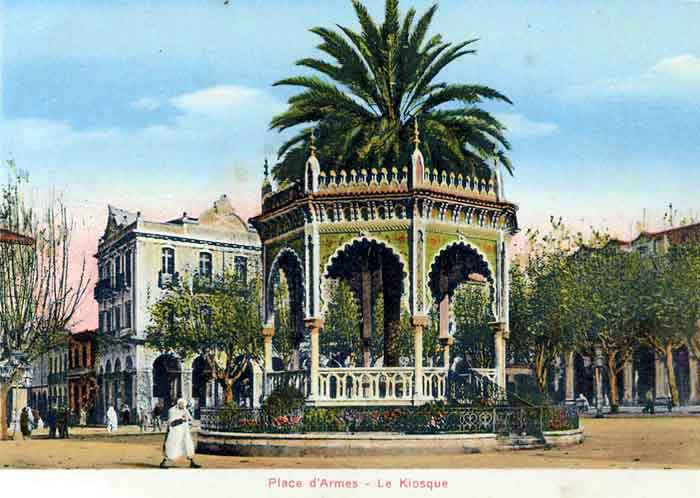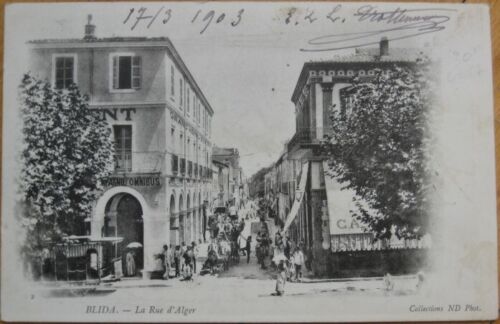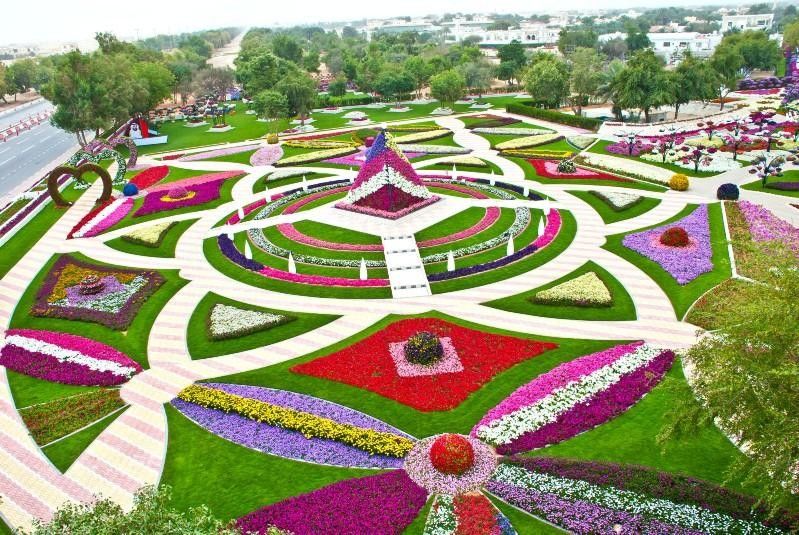The Story of Abdelkader ben Cherifa
Many accounts of Algerians sent to New Caledonia focus on those sent in the aftermath of the 1870-71 uprisings against colonial French rule. However, prisoners were also sent from Algeria and areas of the Maghreb prior to 1870; approximately 2000 prisoners were transported between 1864 and 1897. The first transportee was called Braham ben Mohamed (the first name is probably a misspelling of Abraham). He arrived in 1864 not long after New Caledonia was established as a French penal colony on 2 September 1863.
Another earlier prisoner was an Algerian blacksmith by the name of Abdelkader ben Cherifa who arrived in New Caledonia four years after the first prisoner from the Maghreb.
Born in Blida, 27 miles southwest of Algiers, Abdelkader ben Cherifa was from a stunning desert city traditionally known as “the city of roses”. (His family name is Abdelkader, and ben Cherifa means “of Cherifa,” so a first name is missing.)[1] Nearly destroyed by an earthquake in 1825, Blida was rebuilt; in 1867 another earthquake damaged Blida with many buildings once again destroyed.


Colonial Postcards of Blida

Rose Gardens of Blida
However, by that time Abdelkader ben Cherifa had suffered a seismic shift in his own life when he was convicted in a French court of assisting with the concealment of stolen goods taken in a violent burglary. During the robbery an occupant of the targeted house had been badly injured, and everyone connected to the crime was given long sentences. Abdelkader ben Cherifa was sentenced to 15 years of forced labour and transportation in 1866. At the time he entered the bagne, he left behind a wife called Adda Cent Houider and children, all of whom he would never see again.
Abdelkader ben Cherifa arrived in prison on 28 December 1866 and was then transferred to New Caledonia in 1867. In the bagne he showed himself to be a diligent worker. As his great-granddaughter, Simone Devaud points out: “In prison, Abdelkader ben Cherfia is distinguished by his exemplary conduct.” Shortly after his release, in 1883, he became a concession holder in Bourail, an area where several Algerian prisoners were granted land. He obtained lot number 39 of the Route d’Ourail concession, with an area of 4 hectares.
In 1882, Abdelkader ben Cherifa was able to marry a French prisoner through attending the convict courtship kiosk (as discussed in a previous blog on Vietnamese prisoners). There were attempts to introduce women from the same national backgrounds as the prisoners to encourage settlers, but Algerian women had not been sent. Governor-General Charles Guillain made it an almost personal quest to arrange for all female prisoners to be sent to New Caledonia instead of French Guiana from 1869. Unlike some other colonial contexts, Guillain was not concerned about people of mixed heritage (called métis in this context) being born and saw them as strengthening the community. Between 1870 and 1895, 800 marriages took place in New Caledonia in which at least one partner was a prisoner.
Abdelkader ben Cherifa’s wife, Peroline Amélie Langevin, was originally from Dieppe and had been given a five-year prison sentence for theft. She opted for voluntary deportation and was listed as literate (unusual for the time), Catholic, and a seamstress. She was also twenty-four years younger than her husband when they married. Abdelkader ben Cherifa was in his early fifties, and she was 27 years old when they married in 1882.
Together, they built a prosperous and apparently contented life in Bourail and had four children together. However, Abdelkader ben Cherfia reputedly feared the violent temper of his wife and amongst neighbours, and even the gendarmerie in Bourail, he was known to seek sanctuary from her violence.[2] This was not unjustified as on 3 August 1901 he died in Bourail; Peroline Langevin had murdered her spouse.
The fate of Adelkader ben Cherfia was described in Le Petit Journal, one of France’s best-selling newspapers, and for a short time, the newspaper with the largest global circulation. Sensational details of criminal trials were how the paper had established its reputation and in “le monde des forçats” (the world of convicts) it found a case it could narrate to its readers in sensational details. Abdelkader’s body was discovered in the marital home and Langevin confessed to participating in his murder. She claimed she merely acted as an assistant to a convict lover, but the court was not convinced. Langevin was sentenced to the guillotine in a public place. The guillotining was commuted to life imprisonment and then became a pardon. Women were in very short supply. Remarkably, in March 1907, Peroline Amélie Langevin married Kebir Ahmed Abderrahman, another member of the Algerian community; six years after her conviction for murdering her first husband.
That the bagne could be a violent place is well documented; domestic spaces were no exception. A male prisoner meeting a violent death at the hands of a female convict is rarer. However, that is the fate that befell the son of Cherfia in a courtship begun in Bourail’s courtship kiosk.
Further Reading/ Viewing
Caledoun: Historie des “Arabes” de Nouvelle-Calédonie Insitut du Monde Arabe, Paris 2011.
Louis-José Barbançon and Christophe Sand, Caledoun: histoire des Arabes et Berbères de Nouvelle-Calédonie (Bourail: Association des Arabes et Amis de Nouvelle-Calédonie, 2013.
Simone Devaud, “Abdelkader: Un Patronyme sans Visage et une lignée immense.” In (Le) Bagne en Héritage: Destins de familles issues de la colonisation pénale: eds, Bérengère Bourgeot, Gilles Caprais, and Evelyne Henriot. Noumea: Édition Les Nouvelles Calédoniennes, 2020.
Mélica Ouennoughi, Les déportés maghrébins en Nouvelle-Calédonie et la culture du palmier dattier: (1864 à nos jours) (Paris: L’Harmattan, 2005).
The “Exile in New Caledonia” documentary is also well worth watching: https://www.aljazeera.com/program/al-jazeera-world/2015/9/14/exile-in-new-caledonia
[1] The name is often spelled with the first two names separate as well i.e. Abdel Kader ben Cherifa, as in colonial reports and newspaper accounts of his death.
[2] Simone Devaud’s account in Bagne en Héritage narrates this.
[3] As related in the Al Jazeera documentary, “Exile in New Caledonia”.